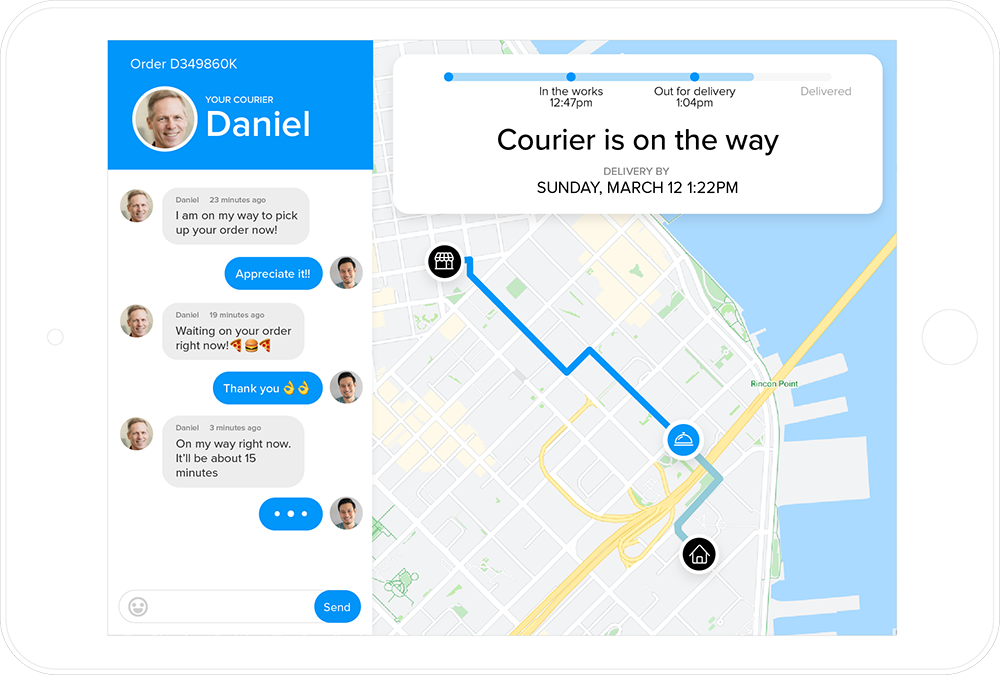What is Telemetry?
Telemetry is a technology that automates the measurement, collection, and transmission of data from remote, inaccessible, or distributed sources to centralized IT systems. It supports analysis, storage, and decision-making processes. Derived from the Greek "tele" (remote) and "metron" (measure), telemetry is essential where manual data collection is impractical. Telemetry systems capture data from industrial sensors, environmental monitors, industrial & medical devices, and software applications. Metrics include data points like temperature, pressure, and system performance. Data is transmitted securely using communication protocols like MQTT or HTTP/HTTPS, then processed by analytics platforms. Telemetry enables real-time insights, predictive maintenance, and improved efficiency in IoT, eCommerce, healthcare, and smart cities.
Telemetry data can be a useful source for troubleshooting, tuning systems for optimal performance, understanding how users interact with a system, and predicting future trends or malfunctions. The value it delivers ties directly to the richness of the collected data, the data analytics process's effectiveness, and the data delivery's timeliness.
Types of telemetry solutions
Telemetry can be categorized based on the data it collects and the systems it monitors.
Application telemetry tracks software performance, errors, and user interactions.
Network telemetry monitors data flow, bandwidth, and security across networks.
Device telemetry gathers information from hardware like IoT devices or sensors, including temperature, pressure, or motion.
Medical telemetry focuses on patient health data, such as heart rate or oxygen levels, for remote monitoring.
Environmental telemetry measures conditions like weather, air quality, or seismic activity.
Telemetry data example
Telemetry data is the automatic collection and transmission of data from remote or inaccessible sources to receiving software for monitoring and analysis. Here are examples of telemetry data from various domains:
1. Spacecraft Telemetry Data
Parameters:
Timestamp: 2024-06-17T12:34:56Z
Spacecraft ID: Hubble Space Telescope
Subsystem: Power
Voltage: 28.5 V
Current: 1.2 A
Temperature: 15°C
Battery Status: 98% charged
Solar Panel Status: Operational
2. Vehicle Telemetry Data
Parameters:
Timestamp: 2024-06-17T12:35:00Z
Vehicle ID: AB123CD
Speed: 65 mph
Engine RPM: 3000
Fuel Level: 45%
Oil Pressure: 55 psi
Coolant Temperature: 85°C
GPS Coordinates: 37.7749° N, 122.4194° W
3. Network Telemetry Data
Parameters:
Timestamp: 2024-06-17T12:35:10Z
Device ID: Router_01
Interface: eth0
Incoming Traffic: 500 Mbps
Outgoing Traffic: 450 Mbps
CPU Usage: 30%
Memory Usage: 45%
Packet Loss: 0.1%
4. Environmental Telemetry Data
Parameters:
Timestamp: 2024-06-17T12:35:20Z
Station ID: WeatherStation_02
Temperature: 25°C
Humidity: 60%
Wind Speed: 15 km/h
Wind Direction: NW
Precipitation: 2 mm
Air Pressure: 1013 hPa
5. Industrial Telemetry Data
Parameters:
Timestamp: 2024-06-17T12:35:30Z
Machine ID: CNC_Machine_07
Operational Status: Running
Spindle Speed: 1500 RPM
Feed Rate: 100 mm/min
Temperature: 70°C
Vibration Level: 2.5 mm/s²
Cycle Time: 45 s
Cardiac Telemetry Data
Parameters:
Timestamp:
2024-06-17T12:35:45Z
Patient ID:
123456
Heart Rate:
72 bpm (beats per minute)
Blood Pressure:
120/80 mmHg
Respiratory Rate:
16 breaths per minute
Oxygen Saturation (SpO2):
98%
ECG Lead I:
P Wave Amplitude:
0.2 mV
QRS Duration:
90 ms
T Wave Amplitude:
0.3 mV
ST Segment Elevation:
0.1 mV
Arrhythmia Detection:
None
Pacemaker Status:
No pacemaker detected
Temperature:
37.0°C
Detailed Breakdown:
1. Heart Rate
Value:
72 bpm
Normal Range:
60-100 bpm
Notes:
Within normal range
2. Blood Pressure
Value:
120/80 mmHg
Normal Range:
Systolic 90-120 mmHg, Diastolic 60-80 mmHg
Notes:
Within normal range
3. Respiratory Rate
Value:
16 breaths per minute
Normal Range:
12-20 breaths per minute
Notes:
Within normal range
4. Oxygen Saturation (SpO2)
Value:
98%
Normal Range:
95-100%
Notes:
Within normal range
5. ECG Data
P Wave Amplitude:
0.2 mV (normal)
QRS Duration:
90 ms (normal range: 80-100 ms)
T Wave Amplitude:
0.3 mV (normal)
ST Segment Elevation:
0.1 mV (within normal limits)
Arrhythmia Detection:
No arrhythmias detected
Telemetry data varies widely depending on the application and the parameters being monitored. It is crucial for real-time monitoring, diagnostics, and analysis in medical, asaerospace, automotive, telecommunications, environmental science, and industrial automation.
Related Content
Remote Telemetry Unit: A Remote Telemetry Unit (RTU) is a microprocessor-based electronic device used in industrial process control and monitoring systems.
Real-Time Telemetry & Enhanced Observability: What's one of the most crucial components of managing a successful distributed system? Observability.
